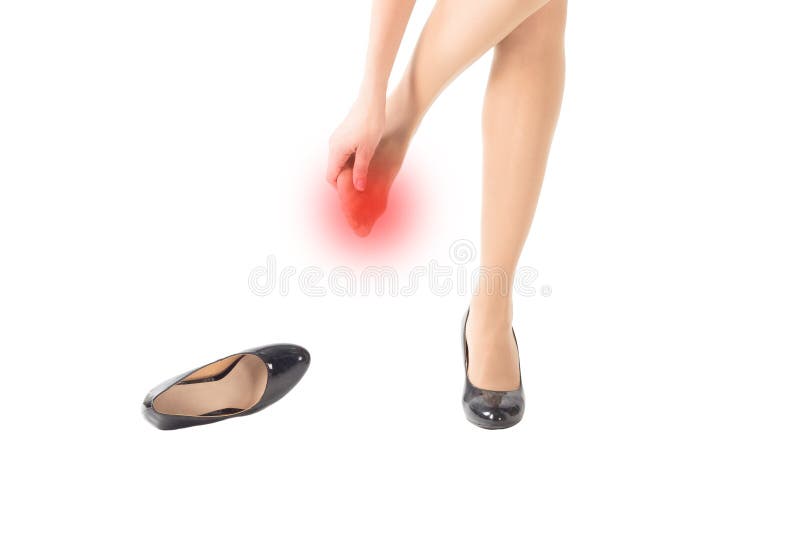
To make this worse, one in five Americans has an orthopedic condition affecting the feet called pes cavus, or in simple terms, "high arches”. We’re bombarded every day by different brands and styles with different colors, features and prices. Plantar fasciitis.Shopping for shoes can be an overwhelming experience. Are old running shoes detrimental to your feet? A pedobarographic study. You can learn more about how we ensure our content is accurate and current by reading our editorial policy. We link primary sources - including studies, scientific references, and statistics - within each article and also list them in the resources section at the bottom of our articles. Medical News Today has strict sourcing guidelines and draws only from peer-reviewed studies, academic research institutions, and medical journals and associations.

Gently pull up on the toes, while at the same time pulling up on the heel.Grab the heel of the painful foot with one hand and the toes with the other hand.Place the affected foot over the knee of the other leg.Sit in a cross-legged position at the end of the bed or a chair.People who have plantar fasciitis pain in the morning might want to carry out the following stretches as soon as they wake up. Stretches for plantar fasciitisĪccording to the American Academy of Orthopaedic Surgeons, certain stretches can help reduce heel pain and prevent plantar fasciitis from reoccurring. People should consider activities that do not usually involve heel impact, such as rowing, swimming, and lifting weights.

The key is to avoid activities that place a lot of force on the heel. Plantar fasciitis can disrupt workout routines.Ĭontinuing to partake in certain activities can make heel pain worse, but remaining idle and avoiding exercise is not beneficial.Įxercise is still possible when dealing with plantar fasciitis. Share on Pinterest Certain stretches can help heel pain. For example, a procedure called a plantar fascia release involves partially cutting the fascia to reduce the tension of the tissue. There are several different surgical procedures for reducing heel pain. Surgery: This can be a possible last resort.Frequent steroid injections can weaken the fascia, so injections cannot be given too frequently. The doctor injects an anti-inflammatory steroid medication into the heel.

Steroid injections: When heel pain persists, steroid injections are an option.If home treatment is not successful, a doctor might recommend additional medical treatments, such as: Low-impact options include swimming and walking.Īlthough home treatments can be enough to decrease heel pain from plantar fasciitis, they might not always have the desired effect. Switching activities: It might also be helpful for people to switch from high-impact activities, such as running, to exercise that is easier on the heel.The splint stretches the arch and calf, and may decrease discomfort. Splint: Wearing a splint at night might also help.Arch supports are available for purchase over the counter or online, or a physician can prescribe custom-fitted ones. Orthotics can support the arch, which helps evenly distribute the weight placed on the heel when a person walks. Orthotics: Foot orthotics are custom foot supports.Ibuprofen is an NSAID available for purchase online. Non-steroidal anti-inflammatory drugs (NSAIDs): NSAIDs may also help reduce discomfort and inflammation.People should instead wrap an ice pack in a damp towel and place it on the heel.
#High arch feet pain from tied shoes skin
Applying ice directly to the skin can be uncomfortable.


 0 kommentar(er)
0 kommentar(er)
